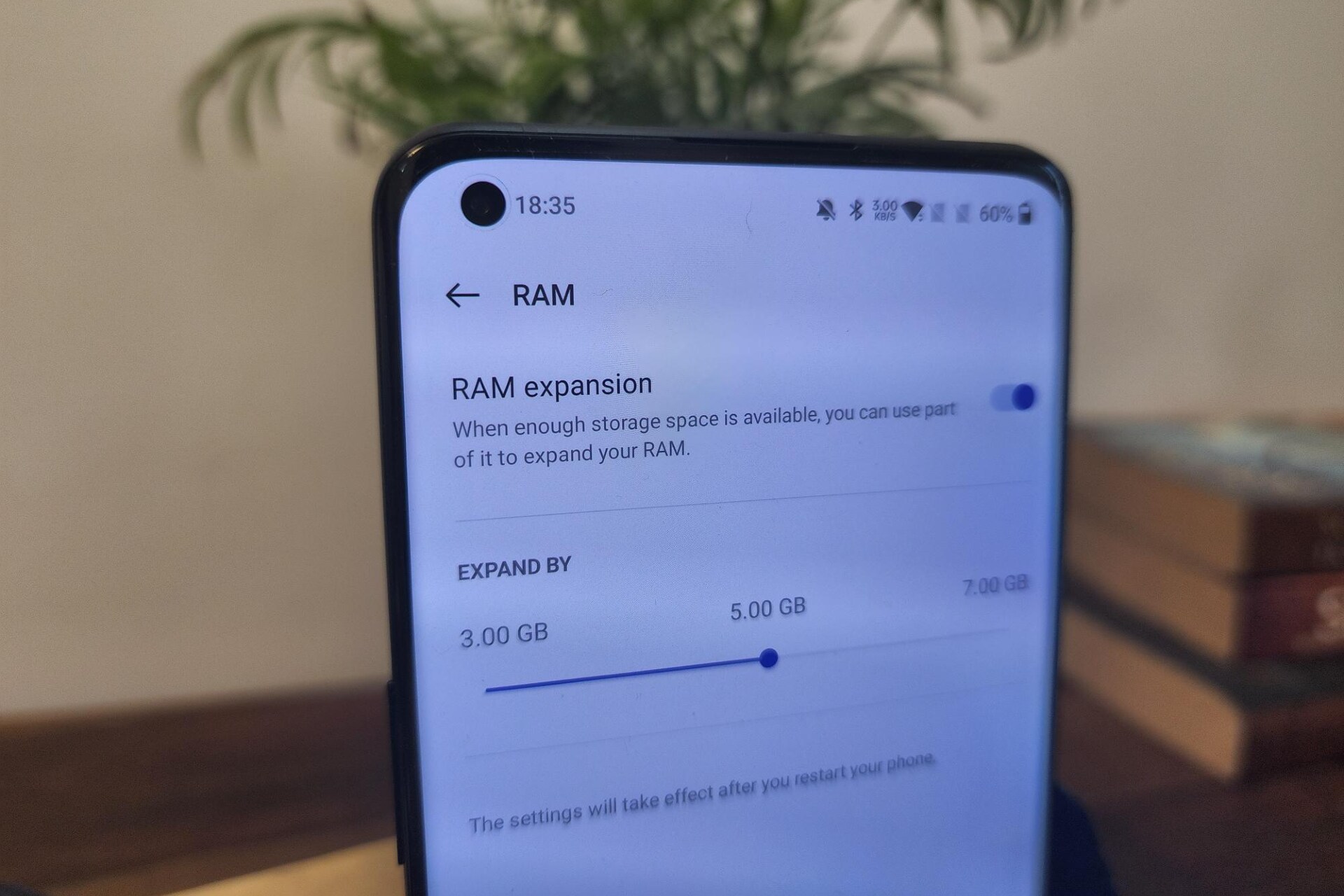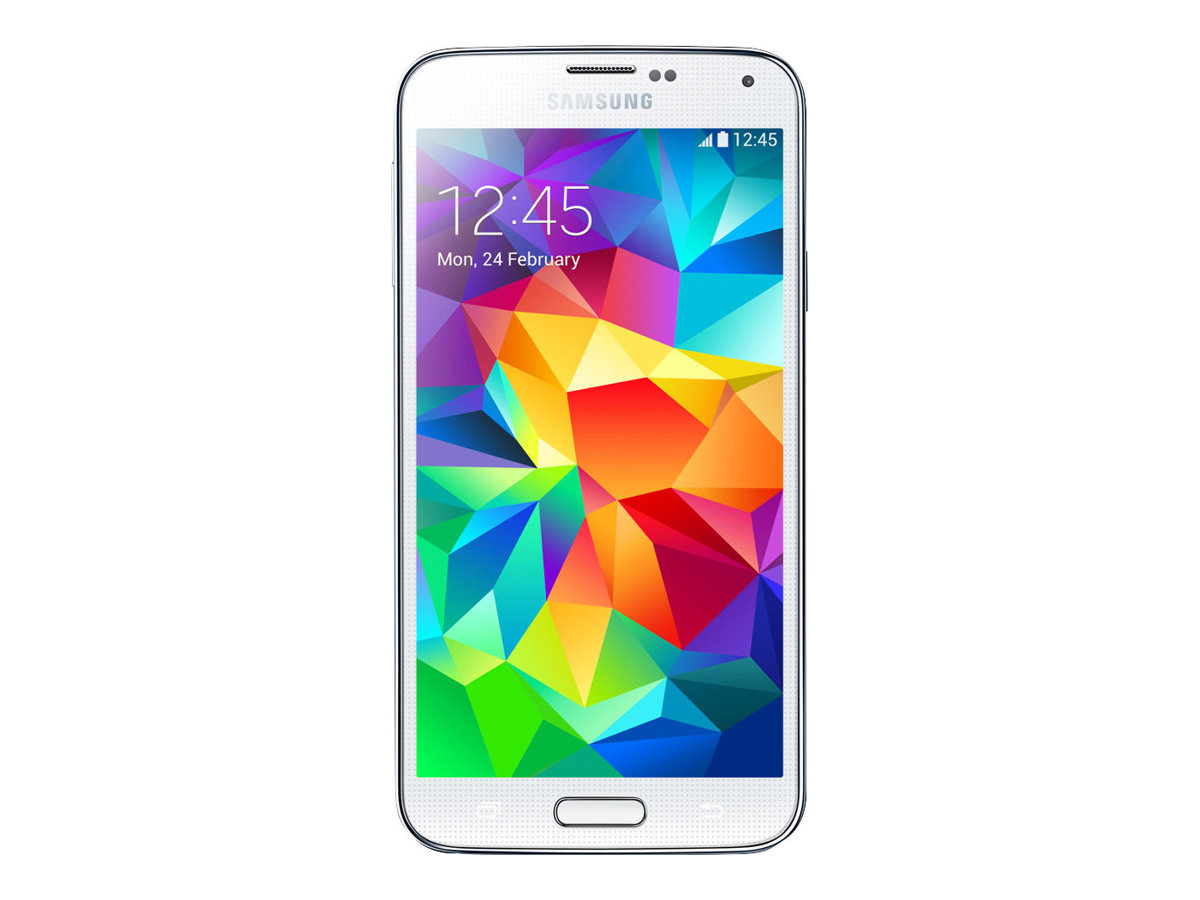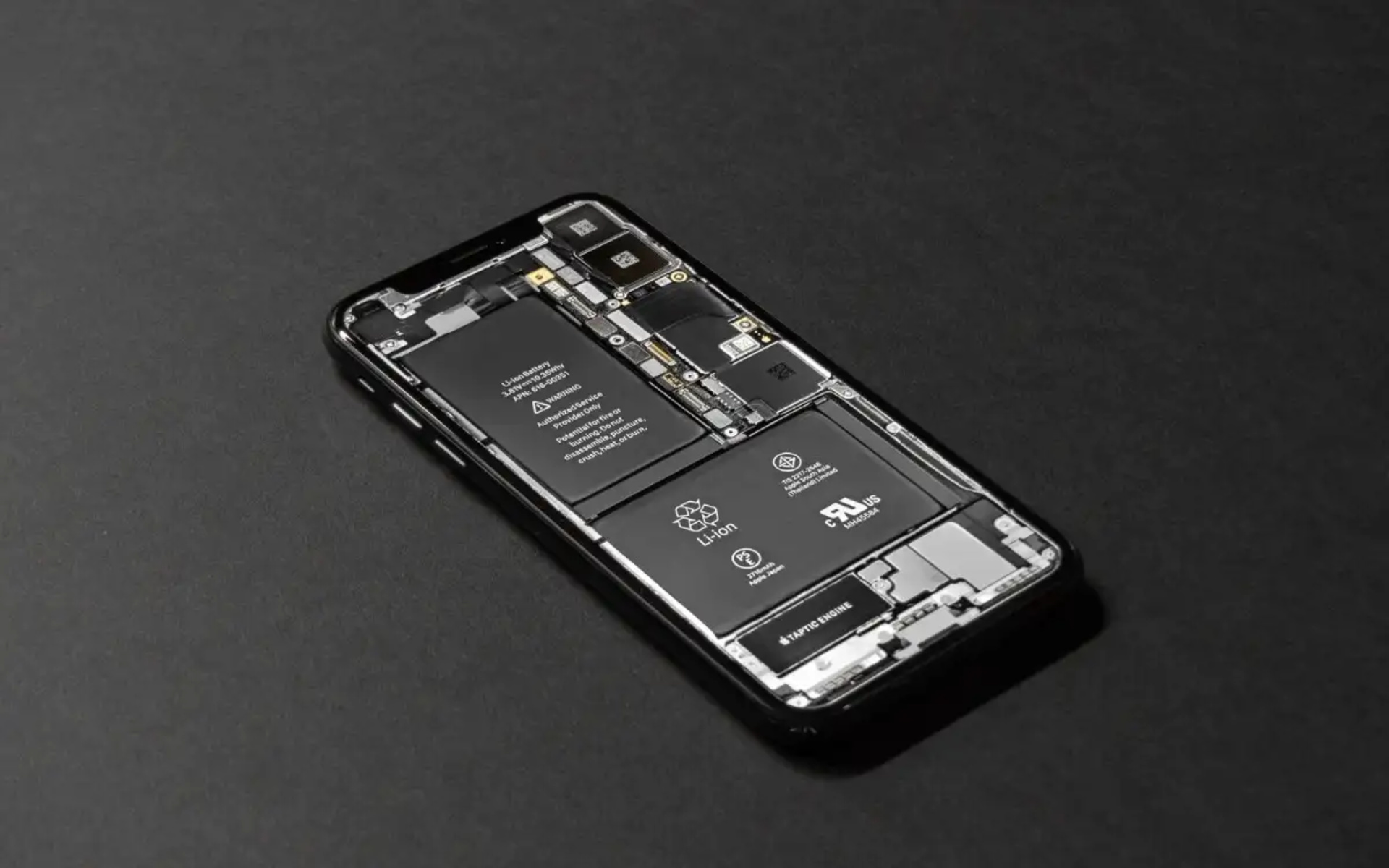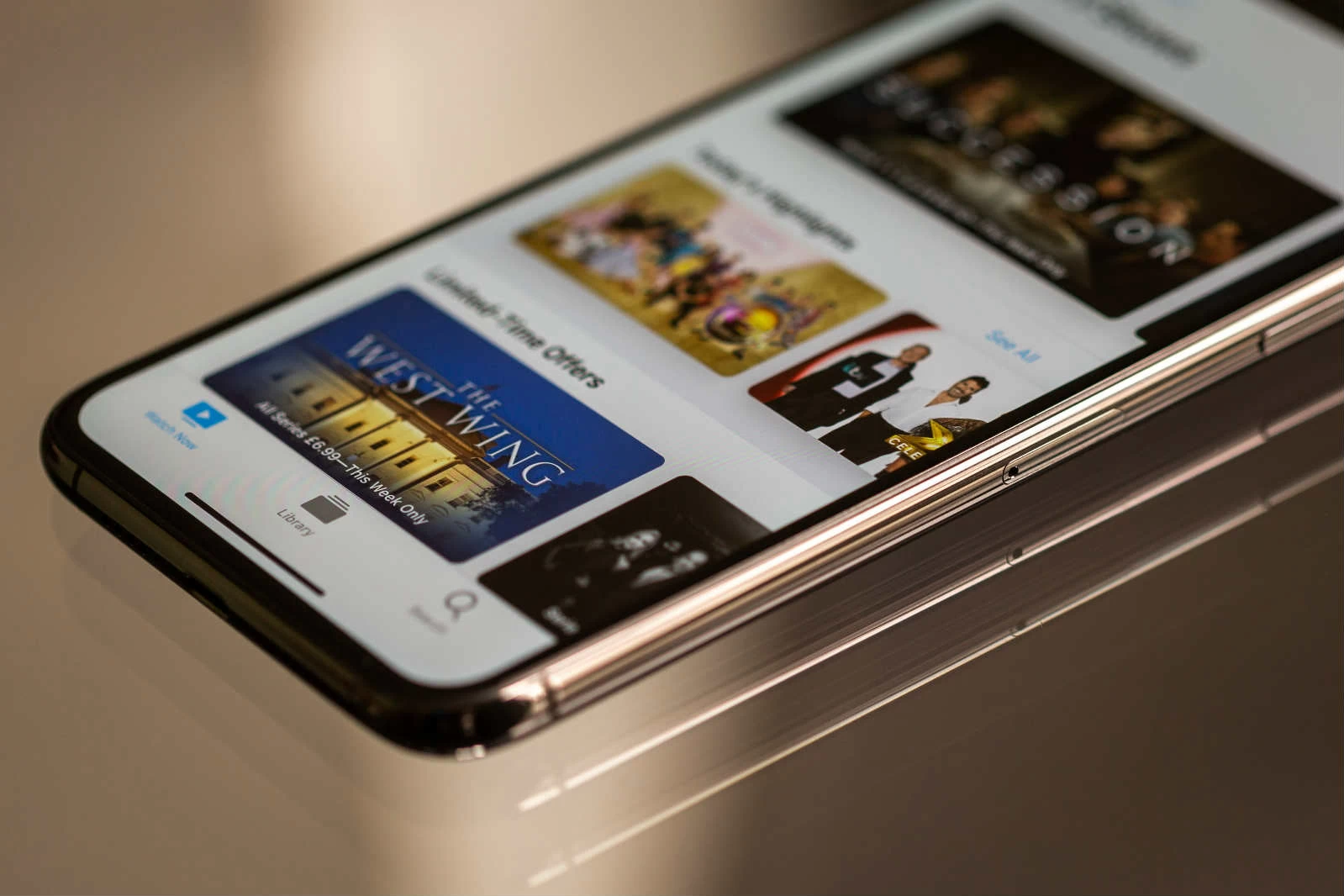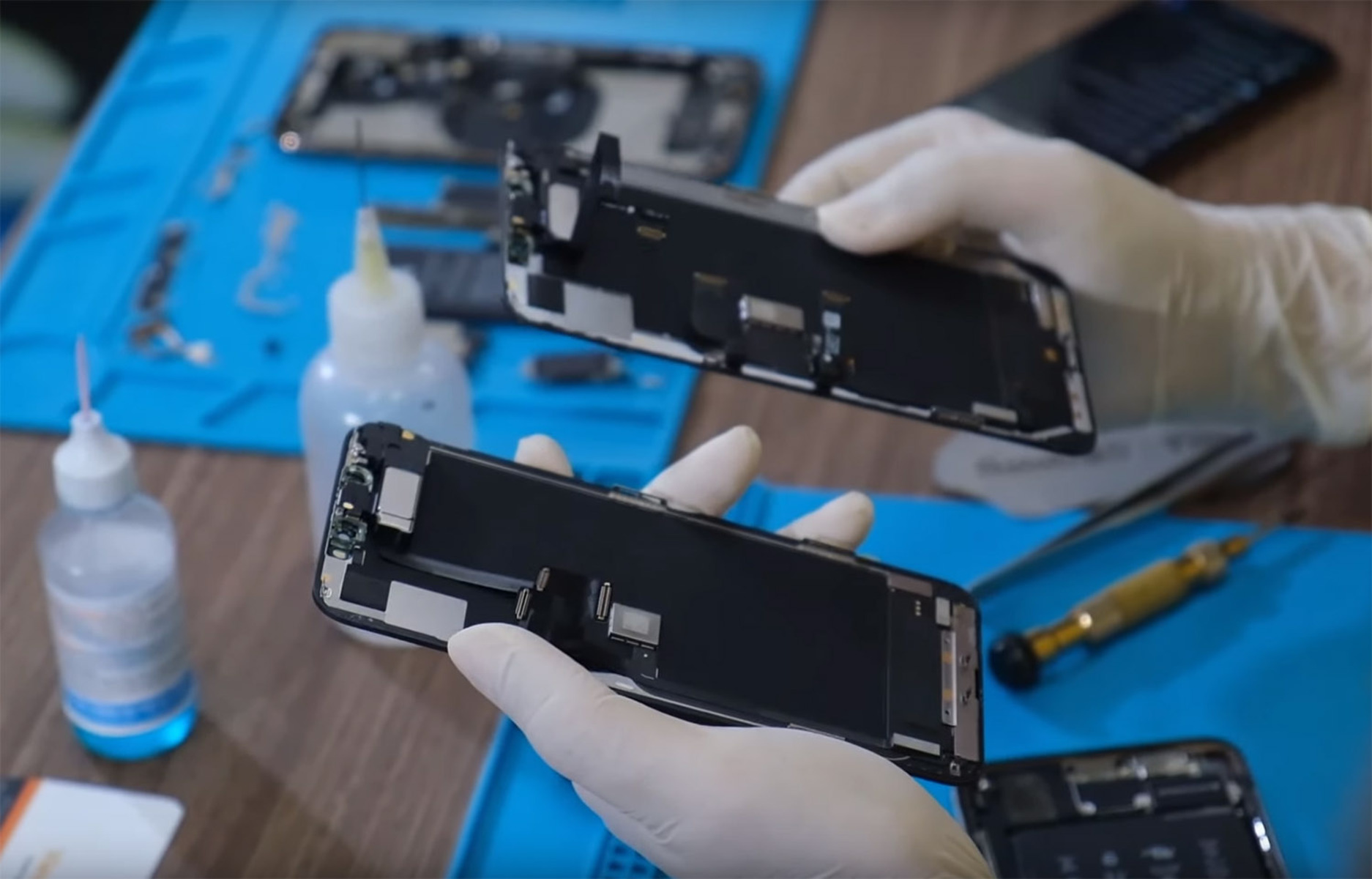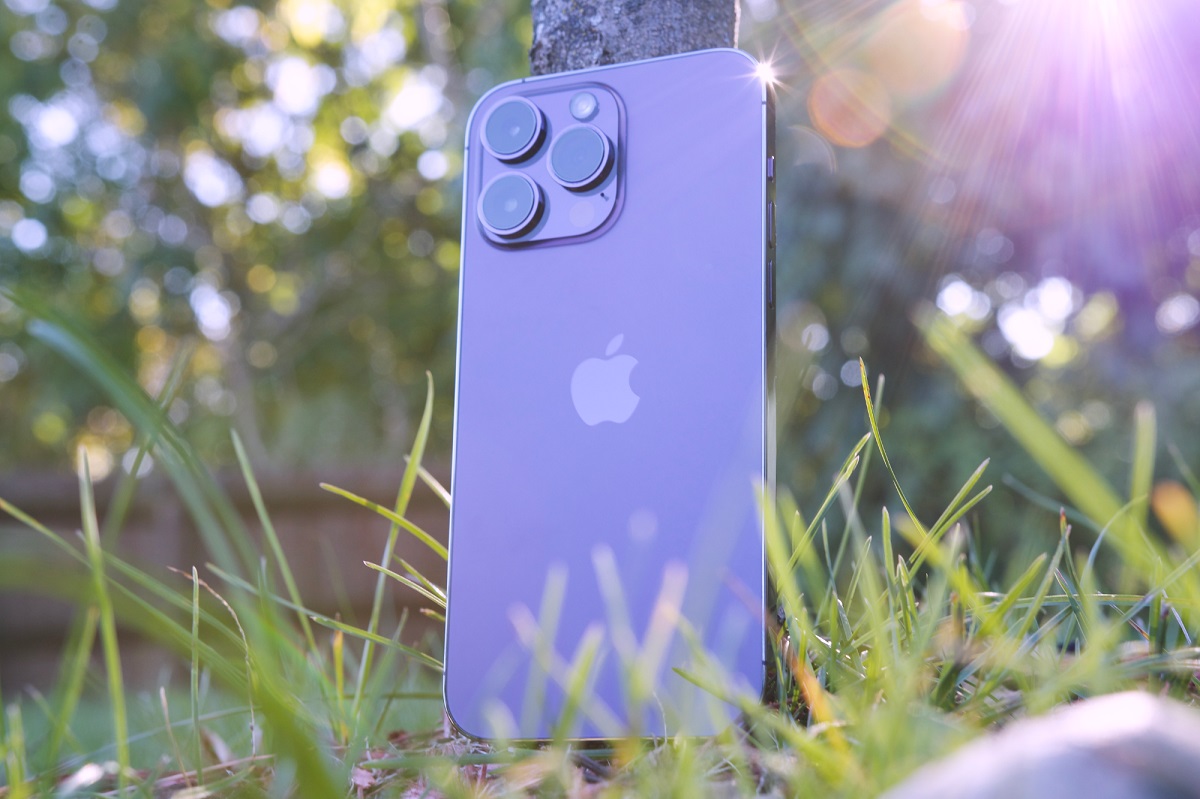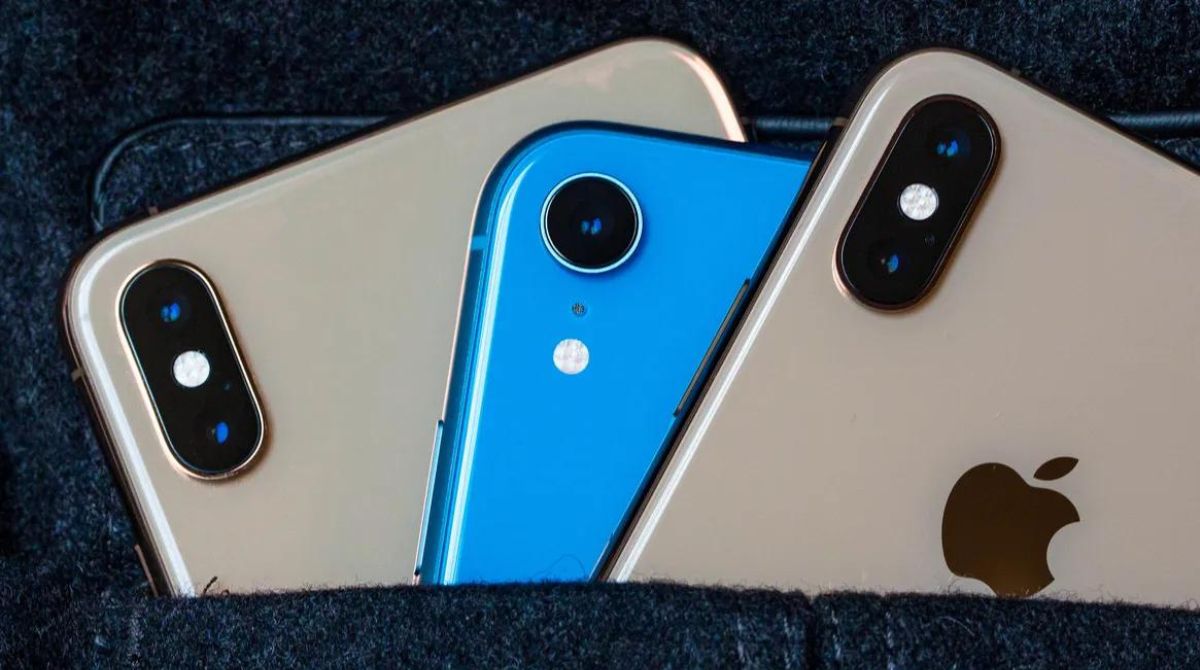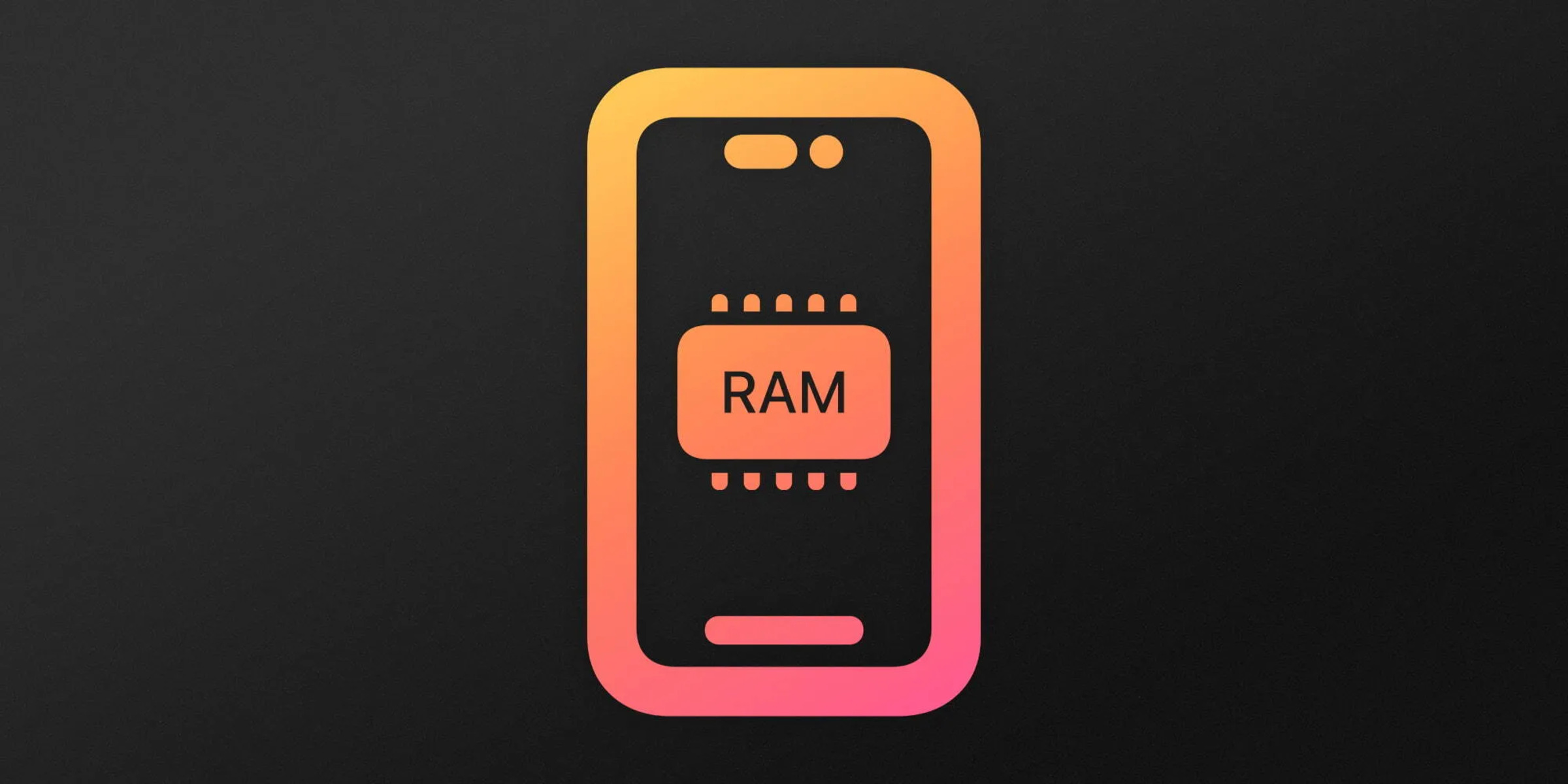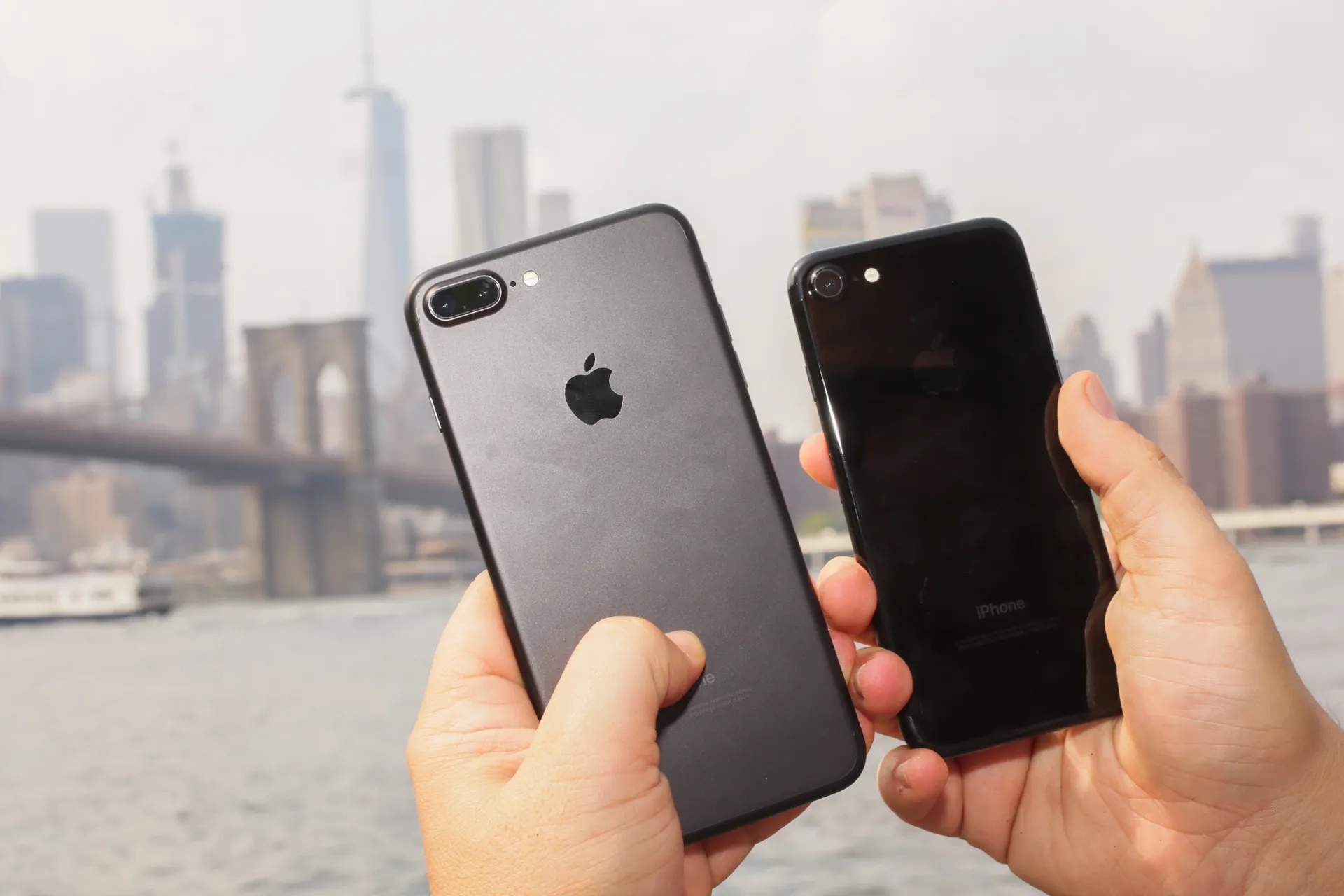What Is The Use Of RAM In Smartphone
When it comes to smartphones, you might have come across the term “RAM” quite often. But what exactly is RAM and what role does it play in a smartphone? RAM, which stands for Random Access Memory, is a crucial component of any smartphone that plays a vital role in its performance and multitasking capabilities.
RAM can be thought of as the short-term memory of your smartphone. It is a hardware component that allows the device to store and access data quickly. Unlike the storage memory (internal or external), which is used for long-term data storage, RAM is responsible for temporarily holding data that the smartphone’s processor needs to access quickly.
When you open an app or perform any task on your smartphone, it gets loaded into the RAM. This allows the processor to quickly access the necessary data and execute the task efficiently. The more RAM your smartphone has, the more apps and tasks it can handle simultaneously without affecting the performance.
RAM is crucial for multitasking on a smartphone. Suppose you are browsing the web, streaming music, and using a messaging app all at the same time. RAM helps in keeping these apps active in the background, allowing you to switch between them seamlessly without any lag or delay.
Not only does RAM facilitate smooth multitasking, but it also contributes to the overall speed and performance of your smartphone. With sufficient RAM, apps load faster, games run smoother, and browsing becomes more responsive. It improves the user experience by reducing app launch times, minimizing stutters, and preventing the device from freezing or crashing.
It’s important to note that the use of RAM in smartphones varies depending on the operating system and the user’s needs. Android smartphones usually require more RAM due to the nature of the operating system and its resource-intensive features. On the other hand, iOS devices are known for their efficient RAM management, allowing them to perform well with relatively lower RAM capacity.
Overall, RAM plays a critical role in ensuring the smooth and efficient functioning of your smartphone. It enables you to run multiple apps simultaneously, enhances the device’s speed and responsiveness, and improves the overall user experience. So, when choosing a smartphone, consider the amount of RAM it offers to ensure optimal performance that meets your needs.
Introduction
Smartphones have become an indispensable part of our daily lives, serving as our communication tools, entertainment hubs, and productivity aids. Behind the sleek exteriors and vibrant displays, these devices are powered by various components that work together to deliver a seamless user experience. One such component is RAM, which stands for Random Access Memory.
RAM is an essential ingredient in the recipe for a fast and efficient smartphone. It acts as the temporary storage for data that the device’s processor needs to access quickly. In simple terms, it can be compared to the short-term memory of our brains. Just like how our brains retrieve information from short-term memory to perform tasks, the smartphone’s processor accesses data from RAM to execute its functions swiftly.
The amount of RAM in a smartphone determines its multitasking capabilities and performance. With more RAM, a smartphone can handle a greater number of apps running simultaneously without compromising speed or responsiveness. Conversely, inadequate RAM can result in sluggish performance, app crashes, and slower multitasking.
As technology advances and smartphone usage evolves, the demand for more RAM has increased. Modern smartphones now offer varying RAM capacities, ranging from 2GB to as much as 12GB or more. Choosing the right amount of RAM for your smartphone is essential to ensure that it meets your usage requirements and provides a smooth user experience.
In this article, we will delve deeper into the crucial role of RAM in smartphones. We will explore how RAM works, its significance in enhancing performance, and factors to consider when determining the optimal RAM capacity for your device. Additionally, we will provide valuable tips on optimizing RAM usage to maximize the efficiency of your smartphone.
What is RAM?
RAM, an acronym for Random Access Memory, is a fundamental component of any computing device, including smartphones. It serves as a temporary storage space that allows the device to quickly access and retrieve data that is needed for various operations and tasks.
Unlike the long-term storage memory (such as the internal storage or SD card), which stores data even when the device is powered off, RAM is volatile memory. This means that the data stored in RAM is only accessible while the device is powered on. When the device is turned off or restarted, the data in RAM gets cleared.
RAM consists of thousands, or even millions, of tiny memory cells organized in a grid-like structure. Each memory cell is capable of storing a single bit of information, represented as either a 0 or a 1. These memory cells can be accessed randomly, hence the name Random Access Memory.
When a smartphone is powered on, the operating system and essential system software are loaded into the RAM. This allows the device to quickly access and execute the necessary functions. Additionally, when you open an app or perform any task on your smartphone, the app’s data, instructions, and resources are loaded into the RAM, providing the processor with immediate access to the required information.
RAM enables smartphones to handle multiple processes simultaneously, allowing for smooth multitasking. For example, when you switch between multiple apps or use split-screen mode, the data associated with each app is retained in the background in the RAM. This enables the device to seamlessly switch between these apps without having to reload them completely from the storage memory, resulting in faster and more efficient performance.
The capacity of RAM in smartphones can vary widely, ranging from as low as 2GB to as high as 16GB or more in some high-end models. The amount of RAM your smartphone has can impact its multitasking capabilities and overall performance. A smartphone with a higher RAM capacity can handle more memory-intensive tasks, such as running heavy apps or playing graphics-intensive games, without experiencing lag or slowdowns.
It’s worth noting that RAM is unrelated to the storage capacity of your smartphone. While the storage determines how much data, apps, and media you can store on your device, RAM is responsible for the smooth operation of the device while it’s active.
In the next section, we will explore how RAM works in a smartphone and its importance in enhancing the device’s performance.
How does RAM work in a smartphone?
RAM plays a crucial role in the performance and functionality of a smartphone. It acts as a bridge between the device’s processor and the storage memory, facilitating quick and efficient data access. Understanding how RAM works in a smartphone helps us appreciate its importance in enhancing the device’s overall performance.
When you launch an app or perform a task on your smartphone, the necessary resources and data associated with that particular app are loaded into the RAM. This includes things like app data, instructions, and other assets required for its proper functioning. The RAM acts as a temporary workspace for the processor to process these app activities quickly.
Imagine you are playing a graphics-intensive game on your smartphone. As you navigate through the game, move characters, and interact with the virtual environment, the data needed to render the game’s graphics, sound effects, and other elements are stored in the RAM. This allows the processor to access the required data swiftly, resulting in smooth and responsive gameplay.
RAM works on a principle called random access, meaning that any memory cell can be accessed directly, without having to access other cells sequentially. This allows the processor to quickly retrieve and modify data in the RAM, improving the overall speed and efficiency of the device.
When you close an app or switch to a different one, the resources and data associated with the previous app are typically cleared from the RAM to make room for the new app’s resources. This is why you might notice a slight delay when reopening an app, as the necessary data needs to be loaded into the RAM again.
Having sufficient RAM in a smartphone is essential for smooth multitasking. It allows you to switch between apps seamlessly without experiencing lag or delays. For example, you can have multiple apps running in the background, such as a music streaming app, a messaging app, and a web browser, all accessible and ready to use instantly. This is possible because the RAM retains the necessary data for these apps, so you can effortlessly switch between them without waiting for the apps to reload from the storage memory.
However, it’s important to note that RAM is a limited resource, and if you have too many apps running simultaneously or have apps that consume a large amount of RAM, it can lead to performance issues. This is why it’s crucial to strike a balance between the number of apps running and the available RAM capacity to ensure optimal performance.
In the next section, we will explore the importance of RAM in smartphones and how it affects the device’s overall performance.
The importance of RAM in smartphones
RAM, or Random Access Memory, plays a crucial role in the performance and functionality of smartphones. It serves as the temporary storage space where data and instructions are stored for immediate access by the device’s processor. Understanding the importance of RAM in smartphones helps us comprehend its impact on the device’s overall performance and user experience.
One of the key benefits of having sufficient RAM in a smartphone is the ability to handle multitasking smoothly. When you have multiple apps running simultaneously, the RAM allows the device to keep these apps active in the background, ensuring quick access when you switch between them. This means you can seamlessly transition from browsing the web to checking emails or messaging without experiencing delays or lag.
RAM also contributes significantly to the speed and responsiveness of a smartphone. With ample RAM, apps load faster, and the overall interface feels snappier. Whether it’s opening apps, navigating through menus, or scrolling through long web pages, having enough RAM allows for a smoother user experience with reduced delays and stutters.
Gaming enthusiasts will appreciate the importance of RAM in smartphones. Many modern mobile games are graphically intensive and require substantial resources. With sufficient RAM, a smartphone can handle these games more efficiently and provide an immersive gaming experience without noticeable lag or frame rate drops.
Furthermore, RAM is crucial for modern resource-intensive applications such as video editing or augmented reality (AR) apps. These applications require a significant amount of memory to process complex tasks and render high-quality visuals. Adequate RAM ensures that these applications can run smoothly and without performance issues.
The amount of RAM in a smartphone also affects its ability to handle future updates and software advancements. As technology evolves, operating systems and applications become more resource-intensive. Having more RAM allows a smartphone to accommodate these updates and new features without sacrificing performance or having to upgrade the device frequently.
It’s important to note that the importance of RAM in smartphones may vary depending on individual usage patterns. While some users require more RAM for heavy multitasking and resource-intensive tasks, others with less demanding usage may not notice significant differences with lower RAM capacities.
Ultimately, the importance of RAM in smartphones lies in its ability to enhance the device’s multitasking capabilities, speed, and overall performance. It allows for seamless app switching, faster load times, and a smoother user experience. When considering a smartphone, it’s essential to evaluate the amount of RAM it offers to ensure it aligns with your usage requirements and expectations.
How much RAM do you need in a smartphone?
Determining the optimal amount of RAM for a smartphone can depend on various factors, including your usage requirements, budget, and the specific operating system in use. While there is no one-size-fits-all answer, understanding your needs can help you make an informed decision about how much RAM you require.
For light smartphone users who primarily use their devices for basic tasks like web browsing, social media, and messaging apps, a smartphone with 2GB to 4GB of RAM is typically sufficient. This capacity allows for smooth navigation between apps and basic multitasking without experiencing significant performance issues.
However, if you’re a moderate to heavy user who frequently engages in multitasking, runs resource-intensive apps, or plays games, you may need to consider a smartphone with at least 6GB to 8GB of RAM. This increased RAM capacity provides a smoother and more responsive user experience, reducing lag and ensuring faster app load times.
Power users, such as professionals who use their smartphones for demanding tasks like video editing, 3D modeling, or running advanced augmented reality apps, may benefit from smartphones equipped with 8GB or more of RAM. This higher RAM capacity ensures that these complex tasks can be executed efficiently with minimal performance limitations.
It’s important to note that the RAM requirements of different operating systems can vary. Android devices typically require more RAM compared to iOS devices due to the nature of the operating system and the varied range of Android devices available. Manufacturers often customize Android with additional features and pre-installed apps, which can consume more resources. iOS, on the other hand, is known for its optimized RAM management, allowing it to perform well with relatively lower RAM capacities.
Furthermore, keep in mind that future-proofing is also an important consideration when choosing the amount of RAM. As apps and operating systems continue to evolve and become more resource-intensive, having ample RAM ensures that your smartphone remains capable of handling future updates and new software advancements without experiencing significant performance limitations.
Ultimately, the amount of RAM you need in a smartphone depends on your usage patterns and requirements. It’s crucial to strike a balance between the RAM capacity and your budget to ensure optimal performance that meets your needs both now and in the foreseeable future.
Does more RAM mean better performance?
When it comes to the performance of a smartphone, many people believe that more RAM automatically translates to better performance. While it’s true that RAM plays a significant role in a device’s performance, it’s important to understand that it’s not the sole determinant of overall performance.
Having more RAM in a smartphone can certainly improve multitasking capabilities and enable the device to handle a greater number of apps simultaneously without experiencing slowdowns or lag. It allows for smoother app switching, faster load times, and a more responsive user interface. With ample RAM, you can expect to enjoy a seamless experience when multitasking, gaming, or running resource-intensive applications.
However, it’s crucial to recognize that there are other factors that also impact a smartphone’s performance. The processor, GPU (Graphics Processing Unit), storage speed, and overall software optimization are all critical components that contribute to a device’s overall performance. If these other components fail to keep up with the demand, even having excessive amounts of RAM may not result in a noticeable improvement in performance.
For example, if a smartphone has a slow processor or limited GPU capabilities, adding more RAM may not necessarily improve gaming performance or the device’s speed in running graphically intensive applications. The CPU and GPU play crucial roles in executing tasks and rendering visuals, respectively, and having faster and more powerful components in tandem with sufficient RAM leads to a better overall performance.
Furthermore, the efficiency of software optimization is equally important. A well-optimized operating system and apps can make better use of the available system resources, including RAM. Smartphones with efficient software optimization can perform well even with relatively lower amounts of RAM, offering a smooth and responsive user experience.
So, while more RAM can certainly enhance performance by allowing for seamless multitasking and faster app load times, it should not be considered as the sole indicator of a smartphone’s overall performance. A combination of factors, including processor speed, GPU capability, storage speed, and software optimization, all play their part in determining the device’s performance.
When considering a smartphone, it’s crucial to evaluate the device’s overall specifications and read reviews to get a holistic understanding of its performance capabilities. Strike a balance between RAM capacity and other crucial components, keeping in mind your specific usage requirements, to ensure that you’re getting a smartphone that delivers the desired performance for your needs.
Factors that affect the RAM’s performance in smartphones
While RAM is a critical component in determining the performance of a smartphone, several factors can influence its effectiveness and impact the overall performance of the device. Understanding these factors can help users make informed decisions when selecting a smartphone based on their usage requirements and desired performance.
1. RAM Capacity: The amount of RAM available in a smartphone directly affects its multitasking capabilities and responsiveness. A higher RAM capacity allows more apps and processes to be stored in the RAM simultaneously, reducing the need for frequent loading from storage memory and enabling seamless app switching.
2. Operating System and Software Optimization: The efficiency of the operating system and software optimization plays a crucial role in utilizing the available RAM effectively. A well-optimized operating system ensures that the RAM is actively managed, minimizing unnecessary resource consumption and preventing excessive RAM usage by background processes, thereby maximizing the device’s performance.
3. Processor Speed: The processing power of a smartphone’s CPU (Central Processing Unit) affects the overall performance and utilization of RAM. A faster processor can quickly access and process the data stored in RAM, resulting in improved app responsiveness and smooth multitasking.
4. Storage Speed: The speed of the storage memory, such as the internal storage or SD card, can impact the performance of RAM. Faster storage allows for quicker loading of apps and data into the RAM, reducing delays and enhancing the efficiency of the device.
5. App Design and Optimization: The design and optimization of individual apps can affect how efficiently they utilize RAM. Well-designed apps prioritize essential functions and resources, minimizing RAM usage when not required. Poorly optimized apps, on the other hand, may consume excessive RAM, leading to decreased performance and increased battery drain.
6. User Behavior: User behavior, such as the number of apps running simultaneously, affects RAM performance. Running too many resource-intensive apps simultaneously can lead to excessive RAM usage and potential performance issues. Closing unused apps and managing background processes can help optimize RAM usage and improve overall device performance.
It’s essential to consider these factors collectively when evaluating a smartphone’s performance based on its RAM capacity. A smartphone with ample RAM but weak optimization or slower processor may not deliver the desired performance. Conversely, a well-optimized device with efficient software and a faster processor can provide a smoother user experience even with a relatively lower RAM capacity.
By considering these factors, users can make more informed decisions when selecting a smartphone, ensuring that they choose a device that aligns with their specific usage requirements and delivers optimal performance.
Tips to optimize RAM usage in smartphones
Efficient RAM management is crucial for ensuring optimal performance and smooth multitasking on a smartphone. By implementing some simple tips to optimize RAM usage, you can maximize the available resources and enhance the overall efficiency of your device. Here are some helpful tips to consider:
1. Close unnecessary apps: When you’re done using an app, make sure to close it properly. Running multiple apps simultaneously can consume a significant amount of RAM, affecting overall performance. Close apps that you’re not actively using to free up RAM for other applications.
2. Clear Recent Apps: Use the “Recent Apps” or “App Switcher” button to access the list of recently used apps. Swipe away apps that you no longer need, as they might still be running in the background, consuming RAM resources.
3. Disable or uninstall unused apps: Review your installed apps and identify any that you rarely or never use. Uninstall or disable these apps to free up storage space and reduce RAM usage.
4. Limit widgets and live wallpapers: Widgets and live wallpapers consume system resources, including RAM. Consider removing unnecessary widgets and using static wallpapers to optimize performance and RAM usage.
5. Clear cache regularly: Clearing app cache can help free up storage space and improve RAM utilization. Go to the device settings and locate the “Storage” or “Memory” section to clear cache for individual apps or all apps at once.
6. Use lightweight apps: Opt for lightweight alternatives of popular apps that consume less RAM. Many developers offer lite versions of their apps, specifically designed to use fewer system resources without compromising functionality.
7. Keep your software up to date: System updates often include bug fixes and performance enhancements that can optimize RAM usage. Regularly update your smartphone’s operating system and installed apps to ensure you have the latest optimizations.
8. Limit background processes: Some apps continue to run in the background, even when not actively used. Review your device’s settings and restrict background processes for apps that are not critical to reduce unnecessary RAM usage.
9. Avoid excessive browser tabs and content: Open browser tabs and media-rich content like videos can consume significant amounts of RAM. Limit the number of open tabs and close unused tabs to optimize RAM usage.
10. Restart your device periodically: Restarting your device clears the RAM and refreshes the system. It can help alleviate any RAM usage issues caused by background processes or temporary glitches.
By implementing these tips, you can optimize the RAM usage on your smartphone, enhancing performance, multitasking capabilities, and overall user experience. Take the time to explore your device’s settings and customize them to suit your preferences and optimize memory management.
Conclusion
RAM, or Random Access Memory, is a crucial component in smartphones that greatly impacts their performance and multitasking capabilities. Understanding the use and importance of RAM can help users make informed decisions when choosing a smartphone that aligns with their specific needs and desired performance.
RAM serves as the temporary storage space where data and instructions are stored for immediate access by the device’s processor. It allows for seamless multitasking, smoother app switching, and faster load times, resulting in a more responsive user experience.
The optimal amount of RAM in a smartphone depends on factors such as usage requirements, budget, and the specific operating system. While light smartphone users may find 2GB to 4GB of RAM sufficient, moderate to heavy users may benefit from smartphones with 6GB to 8GB of RAM. Power users who engage in resource-intensive tasks may require devices with 8GB or more of RAM.
It’s important to note that RAM alone is not the sole determinant of a smartphone’s performance. Factors such as processor speed, GPU capability, storage speed, software optimization, and user behavior also play crucial roles. A well-balanced combination of these factors contributes to optimal performance.
Users can optimize RAM usage in their smartphones by following simple tips, such as closing unnecessary apps, clearing cache regularly, and limiting background processes. These practices help maximize available resources and enhance efficiency.
In conclusion, RAM is a vital component that significantly impacts the performance and functionality of smartphones. It enables smooth multitasking, faster app load times, and overall responsiveness. By understanding the role of RAM, considering factors that affect its performance, and implementing optimization techniques, users can ensure a seamless and efficient user experience on their smartphones.







